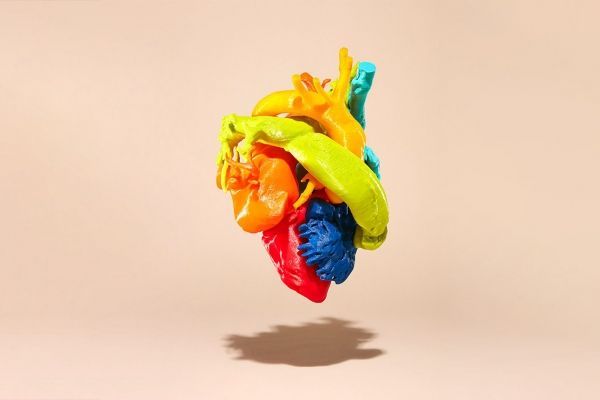In a small, windowless room at Toronto General Hospital, a bank of seven 3D printers runs day and night, patiently laying down layer after layer of coloured plastic. When the printing is done, the pieces are trimmed and fitted together into perfect models of human hearts, life-sized and correct down to the smallest detail.
The 3D printers are part of the Lynn & Arnold Irwin Advanced Perioperative Imaging Lab at the University Health Network’s Peter Munk Cardiac Centre. Combined with advances in medical imaging and computer modelling, they are allowing doctors to get a better look at heart defects before they go in to repair them, as well as providing better training methods.
The models of the hearts use extremely detailed data from MRIs, CT scans, ultrasounds or other imaging techniques. Normally, doctors are working with two-dimensional images on a printout or a flat screen. As anyone who has ever tried to see their baby on a prenatal ultrasound can appreciate, this isn’t always easy. By turning the data from those images into three-dimensional computer models, and using those models to make solid printed hearts, the lab gives the doctor something that can be held in the hand and examined in detail.
Read more at University of Toronto
Photo: A 3D printed model of a heart (photos by Hamin Lee)


